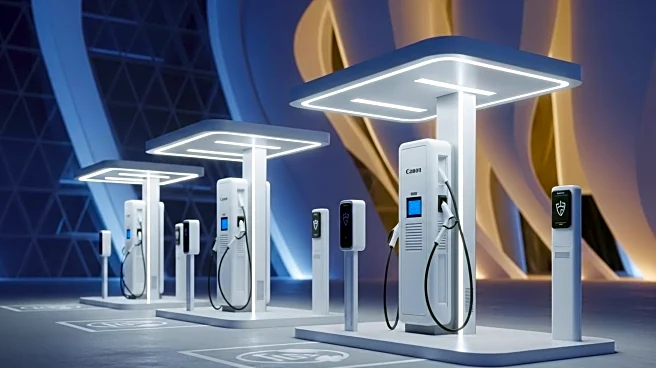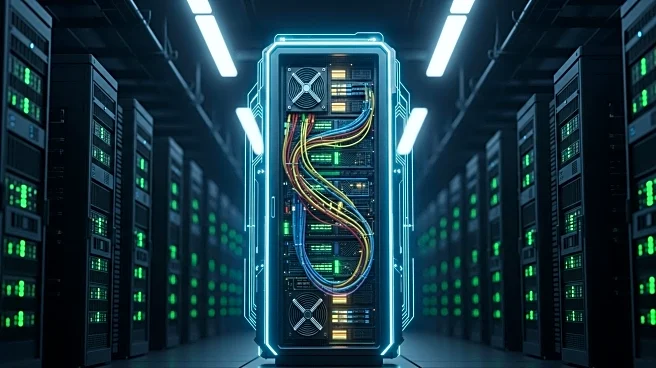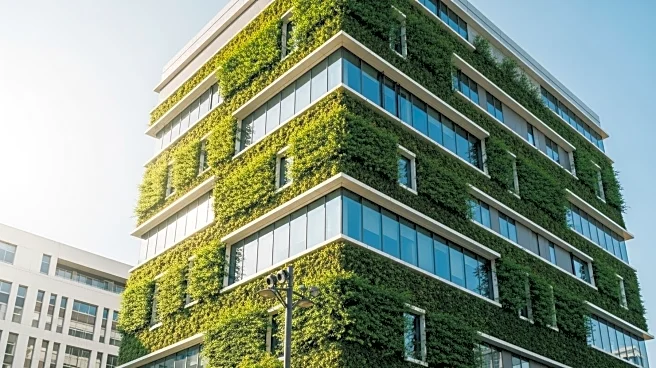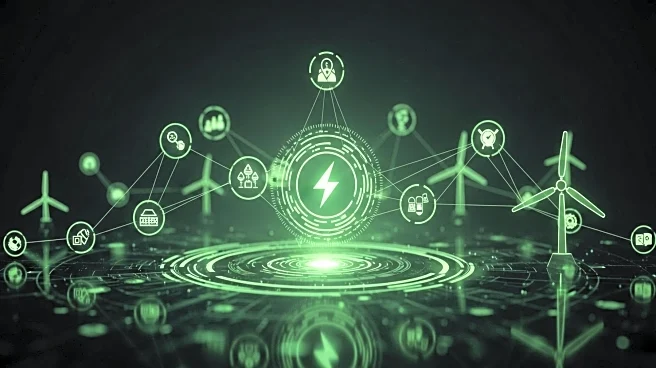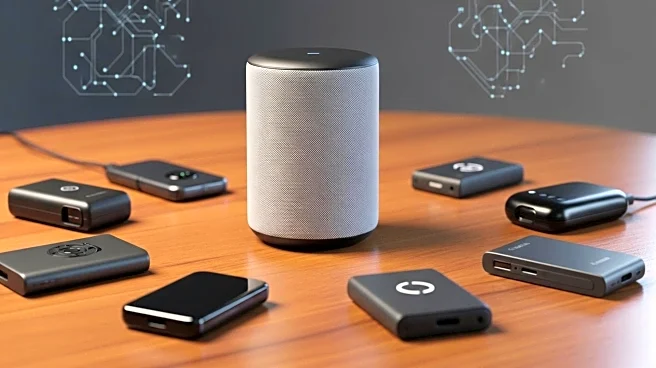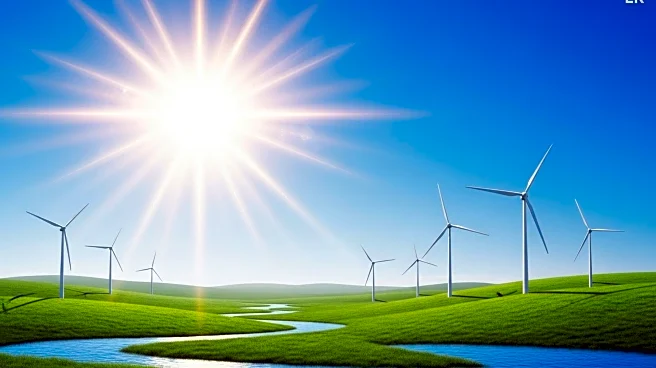What's Happening?
Utility costs have risen significantly in 2025, prompting many consumers to seek ways to reduce their bills. A CNET survey revealed that nearly 80% of adults are stressed about utility expenses. One effective method to cut costs is by unplugging electronics when not in use, as many devices consume electricity even when turned off, known as 'phantom load.' This practice, combined with other strategies like using smart plugs and surge protectors, can lead to substantial savings. The Natural Resources Defense Council estimates that reducing always-on device usage could save consumers $8 billion annually and prevent 44 million metric tons of carbon dioxide pollution.
Why It's Important?
The rising utility costs are a significant concern for U.S. households, impacting budgets and financial stability. By adopting energy-saving practices, consumers can alleviate some of this financial pressure. The environmental benefits are also noteworthy, as reducing electricity consumption contributes to lower carbon emissions. This aligns with broader efforts to combat climate change and promote sustainable living. The adoption of smart home technology and energy-efficient appliances can further enhance these savings, making it a critical area for consumer education and industry innovation.
What's Next?
As awareness of phantom load grows, consumers may increasingly turn to smart home solutions to automate energy savings. This could drive demand for smart plugs, energy-efficient appliances, and home automation systems. Utility companies and environmental organizations might also increase efforts to educate the public on energy conservation techniques. Additionally, advancements in smart home technology could lead to more sophisticated solutions for managing household energy use, potentially influencing market trends and consumer behavior.
Beyond the Headlines
The focus on reducing phantom load highlights a broader trend towards energy efficiency and sustainability in consumer habits. This shift may encourage manufacturers to design products with lower standby power consumption and promote the development of more advanced energy management systems. The cultural shift towards sustainability could also influence policy decisions, encouraging government incentives for energy-efficient technologies and practices.


